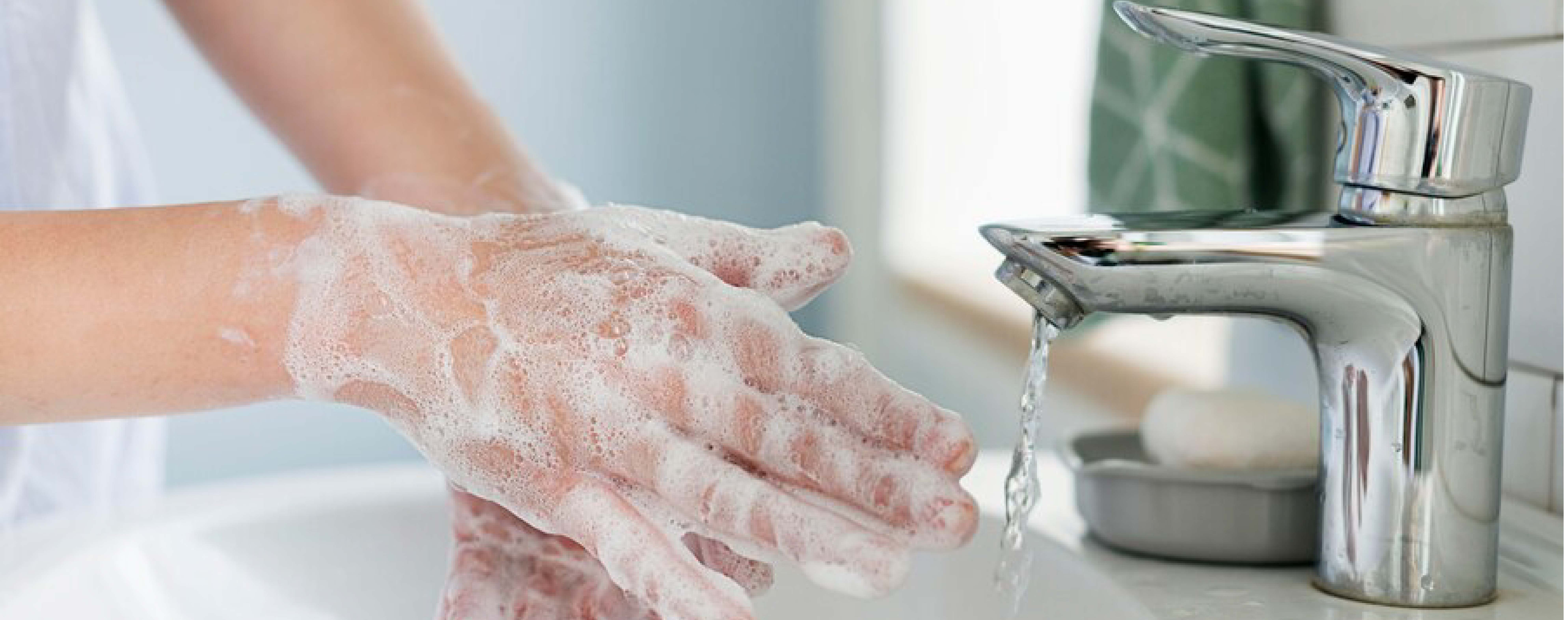Understanding Contamination OCD: A Unique Struggle
Contamination OCD, a subtype of Obsessive-Compulsive Disorder (OCD), presents a distinct set of challenges for those who experience it. While OCD encompasses a range of obsessions and compulsions, Contamination OCD is characterized by an overwhelming fear of germs, dirt, and contamination, leading individuals to engage in compulsive behaviors to mitigate their anxieties. In this article, we will explore what Contamination OCD is, how it differs from other types of OCD, what individuals with this subtype experience, and share examples of real patients grappling with Contamination OCD.

What is Contamination OCD?
Contamination OCD is a subtype of OCD where individuals are consumed by an irrational fear of germs, dirt, or contamination. These obsessions can manifest in various ways, from fears of touching everyday objects to concerns about personal hygiene and cleanliness. In response to these obsessions, individuals often engage in repetitive and time-consuming compulsions to reduce their anxiety, such as excessive handwashing or avoidance behaviors.
Differences from Other Types of OCD
While all forms of OCD share common features of obsessive thoughts and compulsive behaviors, Contamination OCD stands out due to its focus on contamination-related fears. Unlike other types of OCD, Contamination OCD is centered on concerns about physical cleanliness and hygiene. For example, individuals with Contamination OCD may obsess over avoiding specific objects or situations that they perceive as contaminated, whereas someone with Symmetry OCD may obsess about creating perfectly balanced arrangements.
What a Patient with Contamination OCD Experiences
1. Intrusive Thoughts: Individuals with Contamination OCD often experience intrusive thoughts about contamination and germs. These thoughts can be distressing and difficult to control.
2. Intense Anxiety: The fear of contamination triggers intense anxiety and discomfort. Even the thought of coming into contact with a potentially contaminated object or surface can cause extreme distress.
3. Compulsive Behaviors: To alleviate their anxiety, individuals with Contamination OCD engage in compulsive behaviors. These may include excessive handwashing, avoidance of perceived contaminants, or meticulously cleaning and disinfecting their surroundings.
4. Impaired Daily Functioning: Contamination OCD can significantly impact daily life. It may lead to time-consuming rituals that interfere with work, relationships, and social activities.
Examples of Patients with Contamination OCD
1. Jane's Fear of Public Transportation: Jane has Contamination OCD and is terrified of using public transportation. She believes that buses and trains are breeding grounds for germs and contamination. To avoid using public transport, she spends hours walking to work, even in adverse weather conditions.
2. Mark's Excessive Handwashing: Mark experiences intense anxiety about germs and contamination. He washes his hands repeatedly, often to the point of causing skin damage. His compulsion to maintain cleanliness has disrupted his daily life and relationships.
3. Sarah's Fear of Restaurants: Sarah loves dining out but is overwhelmed by Contamination OCD fears when she enters a restaurant. She worries that utensils, dishes, and even the menu are contaminated. As a result, she rarely eats at restaurants and prefers to prepare her meals at home.

Conclusion
Contamination OCD is a unique manifestation of Obsessive-Compulsive Disorder that revolves around irrational fears of germs, dirt, and contamination. Those affected by this subtype experience intrusive thoughts, intense anxiety, and engage in compulsive behaviors to alleviate their distress. While it shares common elements with other forms of OCD, Contamination OCD stands out due to its distinctive focus on cleanliness and hygiene- related obsessions. Understanding the challenges faced by individuals with Contamination OCD is crucial for providing them with appropriate support and treatment to manage their condition.